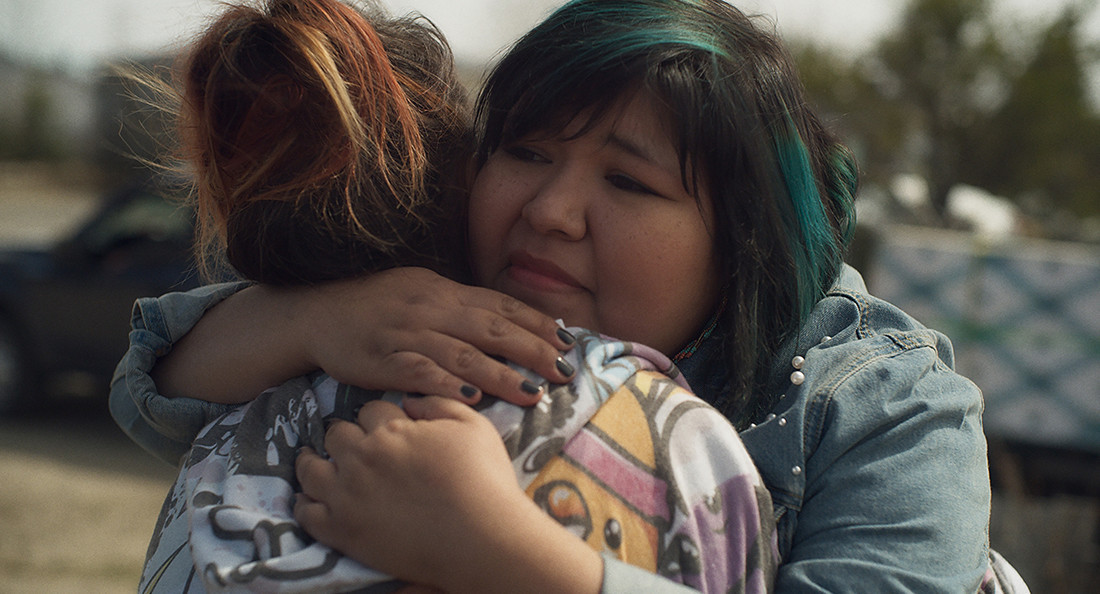Critipeg: Kuessipan
Plays at Cinematheque until Sept. 30, ★★★★☆
Adapted from a novel by Naomi Fontaine, the French-Canadian film Kuessipan (directed by Myriam Verreault) follows the lifelong friendship between two Innu women in Uashat-Maliotenam, whose relationship is put to the test when one of them falls in love with a white man and plans to leave the reserve.
There is a great deal to celebrate about this film. With the severe lack of Indigenous stories being put to the screen, this film meets a much-needed demand for Indigenous representation in film. This, added to the fact that the film’s protagonist is a plus-sized woman, is incredibly progressive.
Representation aside, the film ambitiously integrates a number of relevant topics (land rights, interracial dating, systemic racism) into a heartwarming yet tragic narrative about friendship, love, family and community.
One of the most impressive aspects of the narrative is the way it balances the protagonist Mikuan’s (Sharon Ishpatao Fontaine) relationship with her best friend Shaniss (Yamie Grégoire) and her relationship with her partner, Francis (Étienne Galloy). Make no mistake, this is in no way a story about star-crossed lovers.
While Mikuan and Francis’ relationship is well-developed and significant to the plot, it is not the central focus of the story as a whole. Their relationship serves as a point of tension and an opportunity to explore the complications of a white/Indigenous interracial relationship.
The complications are not explored by Mikuan and Francis, but by Mikuan and Shaniss. It is in those scenes where the raw, complicated emotionality of the issue really come through. Since more focus is placed on Mikuan and Shaniss (rather than Mikuan and Francis), the full emotional range of their friendship plays out through the many ups and downs brought about by Mikaun’s romantic relationship. The effectiveness of these scenes are the result of the writing and the fantastic performances of Ishpatao Fontaine and Grégoire.
Alongside the interpersonal conflicts, the film tackles an important inner conflict of Mikuan’s. Mikuan has to grapple with leaving behind her community to go to university in Quebec City. This is another strong point of the film.
The way the film portrays the importance of honouring culture and community is stunning. One such way this is done is through the motif of the handcrafted beaded jewelry. As a result, the weight of Mikuan’s struggle to figure out a way to maintain a connection to her people from abroad is palpable. At no point does the film shy away from lingering in moments of silence or stillness to convey the gravity of the matter. It’s a challenge to watch, but in the best way possible.
It’s necessary to note that throughout the many trials and tribulations expressed in the meaningfully dense narrative, the impact of colonialism surfaced as a consistent undertone in every scene.
Despite how the characters endure the effects of colonialism with strength and dignity, the problem is not given a free pass. It’s as prevalent in the film as it is in reality. Above all else, this is why this film needs to be watched.
Published in Volume 75, Number 02 of The Uniter (September 17, 2020)







